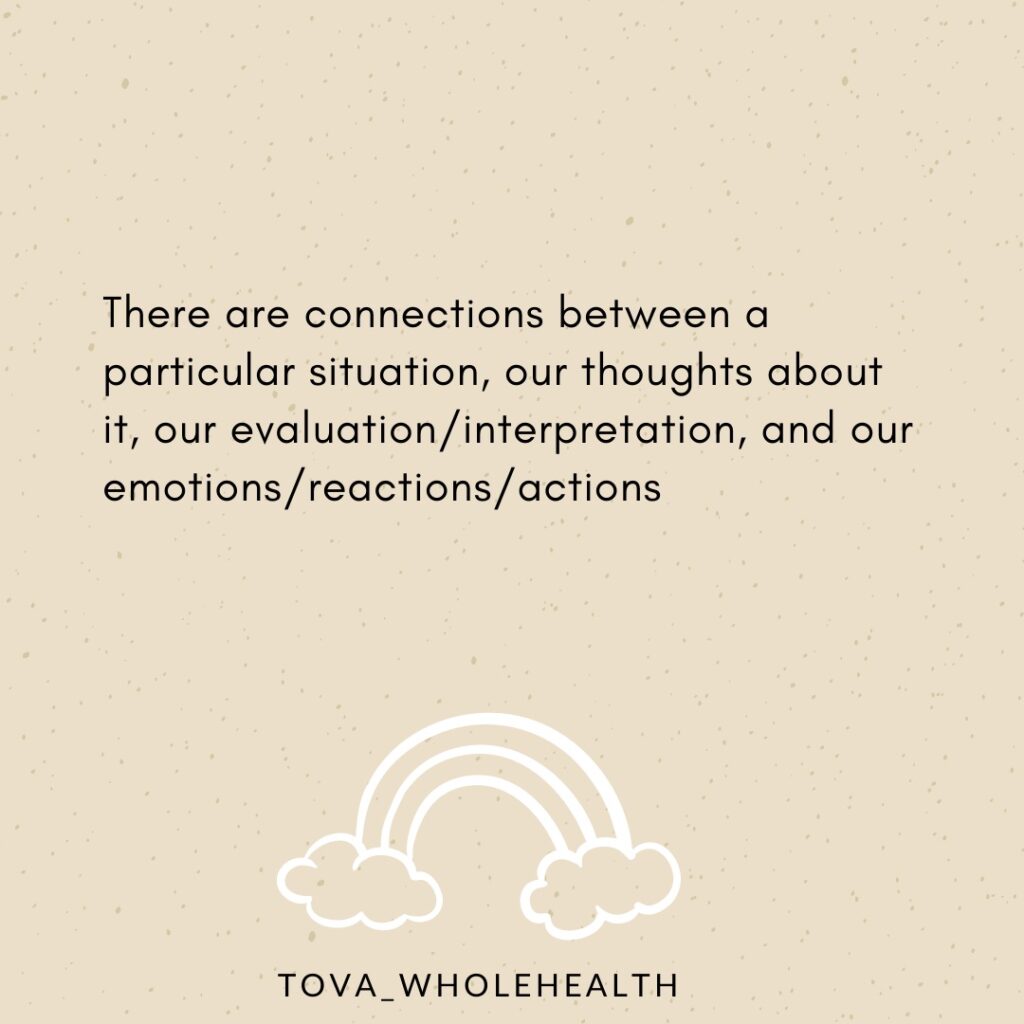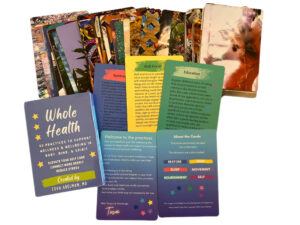Thoughts Are Not Facts
Not every thought that pops into your head is true. However, it is very common for people to buy into their thoughts and take action based on them. For example, some people believe a very low carb ketogenic diet is the only way to lose weight. This narrative subsequently directs the kinds of diet information […]
Thoughts Are Not Facts Read More »


